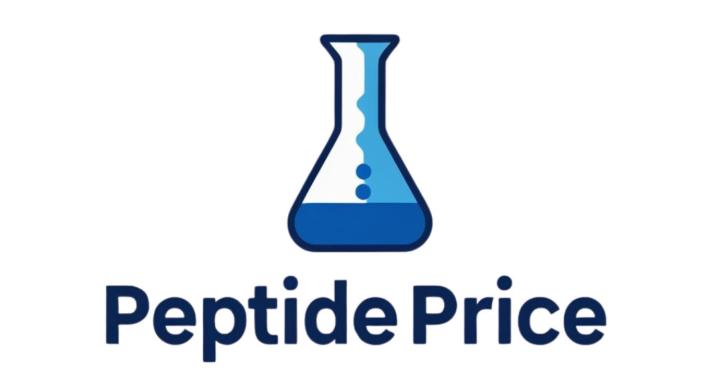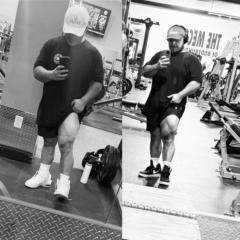⭐
🔥
26d (edited) • Peptide Tips
🧪 Complete Guide to Third Party Peptide Testing
Why group test? Pooling resources makes third-party testing more affordable while ensuring we're all using quality products. Here's exactly how to organize and execute a successful group test.
Note: I only promote US Vendors who do this process for you so, you don't have to factor in this cost. A complete list of them here peptideprice.store
Step 1: Sample Selection Strategy
Pick 3 samples from your batch:
- Sample A: First vial you open (represents beginning of batch)
- Sample B: Random middle vial (represents batch consistency)
- Sample C: Last vial from your order (represents end of batch)
Pro tip: If you have multiple batches with different lot numbers, test one sample from each batch instead.
Step 2: Pre-Testing Coordination
Before anything ships:
- Create a group chat/thread for all participants
- Designate one person as the "coordinator" to handle lab communication
- Set clear expectations on timeline (usually 2-3 weeks total)
Step 3: Intake Form Requirements
Essential information for the lab:
- Your name and contact info
- Product name and claimed concentration
- Lot/batch numbers for each sample
- Date of manufacture (if available)
- Vendor/source information
- Tests requested (purity, concentration, identity, endotoxins)
- Special handling requirements
Sample labeling: Use anonymous codes like "Sample 1A, 1B, 1C" to avoid bias
Step 4: Proper Shipping Protocol
Packaging requirements:
- Double-bag samples in sealed containers
- Include printed intake forms
- Ship via overnight/express delivery
- Track shipping
Recommended labs:
- Janoshik Analytical (popular in community)
- Freedom
- Chromate
Shipping day: Coordinate so all samples arrive on the same day, preferably Monday-Wednesday
Step 5: Understanding Your COA (Certificate of Analysis)
Key sections to review:
- Purity percentage: Should match vendor claims (±5% is typical variance)
- Identity confirmation: Molecular weight and structure verification
- Concentration: Actual vs claimed mg per vial
- Contaminants: Heavy metals, residual solvents, endotoxins
- Methodology: LC-MS, HPLC details for transparency
Red flags in results:
- Purity below 95% for research peptides
- Unknown peaks or contaminants
- Concentration significantly different than claimed
- High endotoxin levels (>10 EU/mg)
Step 6: Sharing Results Responsibly
Best practices:
- Share full COA with all group participants
- Post anonymized results in community (remove vendor info initially)
- Give vendor opportunity to respond before public posting
- Focus on data, not emotional reactions
- Consider batch-to-batch variation in your analysis
Cost Breakdown Example
For a group of 5 people:
- Lab testing fee: $800-1200
- Shipping costs: $100-150
Timeline Expectations
- Week 1: Organize group, collect payment, ship samples
- Week 2-3: Lab analysis (most labs need 7-14 business days)
- Week 4: Results distributed and discussed
Final Tips
✅ Do: Keep detailed records, be patient with the process, research lab reputations \
✅ Do: Test products from new vendors or when quality is in question
✅ Do: Understand testing limitations and methodology
❌ Don't: Rush the process or skip proper sample handling
❌ Don't: Make hasty decisions based on single test results
❌ Don't: Assume one test represents all products from a vendor
Testing gives you confidence in what you're using. Quality peptides deserve quality verification! 🔬
2:01
25
4 comments

skool.com/peptideprice
Premier peptide education hub. FREE courses on research peptides & GLP-1s. US supplier intel, safety protocols & expert community support. 🧬🚀
Powered by





